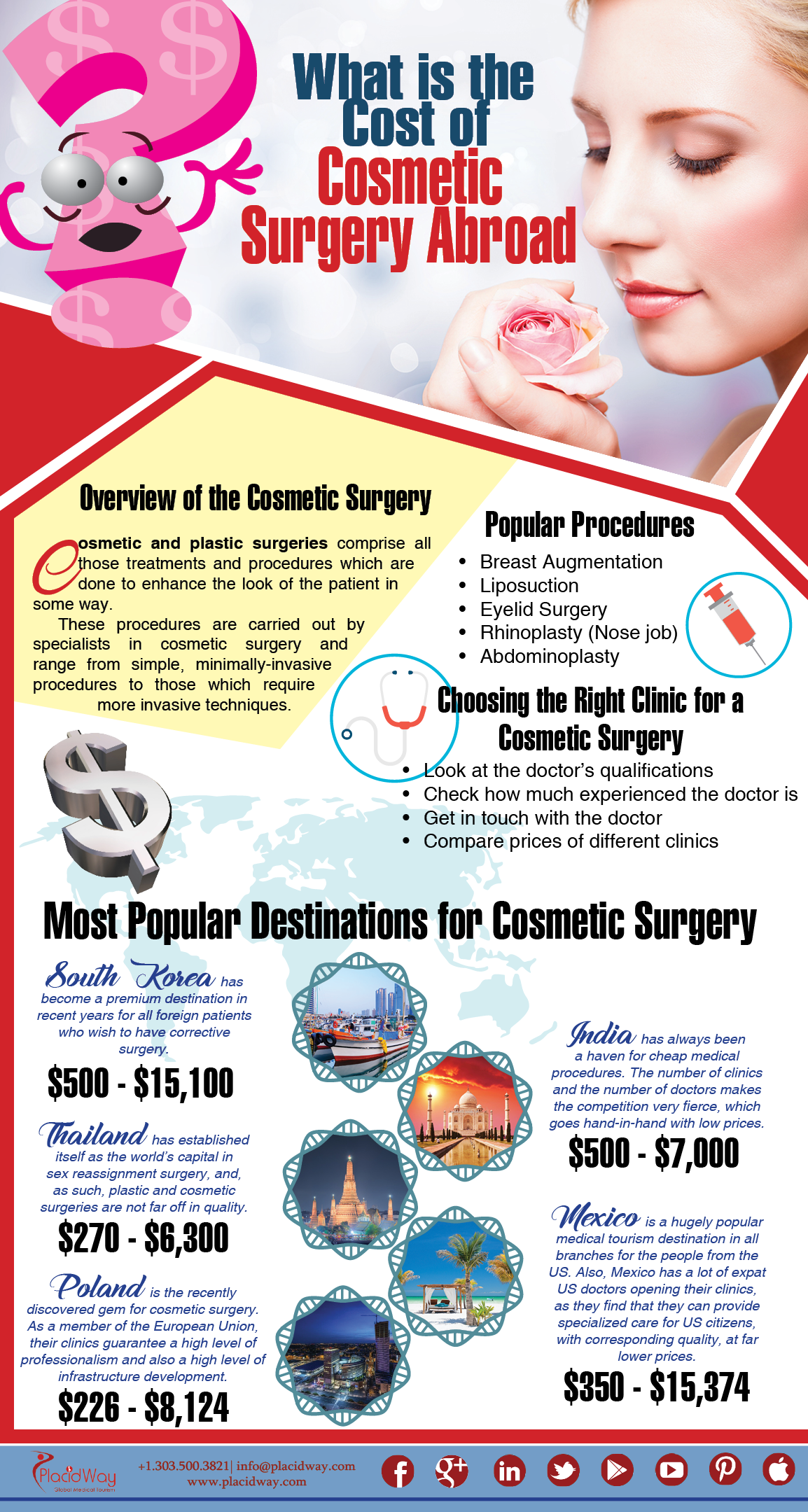Differences Between Adult And Teenage Acne
Differences Between Adult And Teenage Acne
Blog Article
Acne on Different Parts of the Body
Acne doesn't simply influence your face, it can appear anywhere you have oil glands. These include the upper body, shoulders and back. Likewise known as bacne, it can be equally as undesirable and excruciating as facial acne.
Both men and women can establish blackheads and whiteheads on these body areas in addition to acnes. These consist of Papules covered with pus-filled sores and serious nodular cystic acne.
Face
Acne happens when your pores obtain blocked with oil, dead skin cells and microorganisms. These build-ups generate inflammatory sores called pimples, or areas. Acne lesions include blackheads, whiteheads and papules, which are sore, pink or red bumps that are loaded with pus (additionally called inflammatory papules). They might additionally consist of blemishes, which are hard, agonizing, pus-filled swellings and cysts, which are deep and commonly leave marks.
While acne presents no severe danger to your wellness, it can be uneasy or unpleasant, especially if you have serious acne that triggers scarring. It typically appears during the adolescent years and can last for 3 to 5 years.
Back
Acne on the back, additionally called bacne, can base on the shoulders and top back. This kind of acne establishes when skin hair pores get clogged with dead skin and sweat or oil produced by the sebaceous glands. These clogged up pores can bring about whiteheads, blackheads, acnes, papules, cysts or nodules.
The shoulder and back have much more sebaceous glands than the face, making them at risk to acne outbreaks. Teenagers and expecting ladies may have extra back acne as a result of hormone modifications. Friction from ill-fitting apparel and knapsacks, in addition to caught sweat, can worsen the problem.
Straightforward way of life strategies can help take care of bacne and protect against future break outs, such as showering after exercise and cleansing bed linens often. Over the counter topical cleansers and moisturizers with salicylic acid or reduced focus of benzoyl peroxide can eliminate excess oil and unclog pores.
Upper body
Like deal with acne, chest breakouts take place anywhere oil glands are concentrated. They are most common in locations where sweat can obtain caught such as in skin folds. It can create in both males and females of any ages.
Acne on the chest can take place when excess sebum combines with dead skin cells and bacteria obstructing hair roots and pores. The breast is prone to this because it has even more oil glands than other parts of the body.
Excessive sweating adhered to by a failing to wash, perfumed perfumes or colognes, irritant active ingredients in skin treatment products and drugs like steroids, testosterone supplements and mood stabilizers can all contribute to upper body breakouts. Any person with a relentless breast outbreak must speak with their medical professional or skin specialist.
Buttocks
While it's not often reviewed, acne can happen anywhere on the body that contains hair roots. Blocked pores and sweat that accumulate in the butts can result in booty acnes, particularly in women that have hormonal inequalities like polycystic ovary syndrome. Reaching the root of the problem needs a comprehensive analysis by a board-certified skin specialist.
Blemishes on the butts can be due to a selection of conditions, consisting of keratosis pilaris and folliculitis. They look like acne as a result of their flushed appearance, yet they're usually not actually acne. Individuals can prevent butt acne by putting on loose apparel and showering regularly with antibacterial soap or a noncomedogenic cleanser.
Arms
While even more research is required, it's possible that acne on the arms might be triggered by hormone changes or discrepancies. Hormone changes can trigger excess oil manufacturing, leading to outbreaks. Rubbing from tight apparel or extreme massaging can also aggravate the skin, adding to arm acne.
If what resemble acne on the arms is red, splotchy and itchy, it can actually be hives or dermatitis. If you are unsure, speak with a skin doctor to get to the bottom of what's triggering your signs and symptoms.
Washing the skin often, specifically after sweating or working out, can aid keep arm acne at bay. Exposed Skin Care uses a body clean that is mild on the skin and aids prevent irritation and unclogs pores.
Legs
Although the face, back and breast are one of the most usual areas to get acne, the condition can show up anywhere that hair follicles or oil glands exist. These include the groin, arms, and legs.
Unlike the bumps that show up on your cheeks and forehead, the bumps on your leg are normally not acnes but rather swollen, red follicles called folliculitis. Acne on the legs can be triggered by hormone changes, sweat and rubbing, or sofwave near me a diet regimen high in dairy and sugar.
If you have folliculitis, your bumps may resemble blackheads (open comedones that appear black because of oxidation of sebum and dead skin cells) or whiteheads (shut comedones that are identified by small, dome-shaped papules). Your acnes can additionally manifest as red or pink pus-filled lesions called pustules or nodules and cysts.